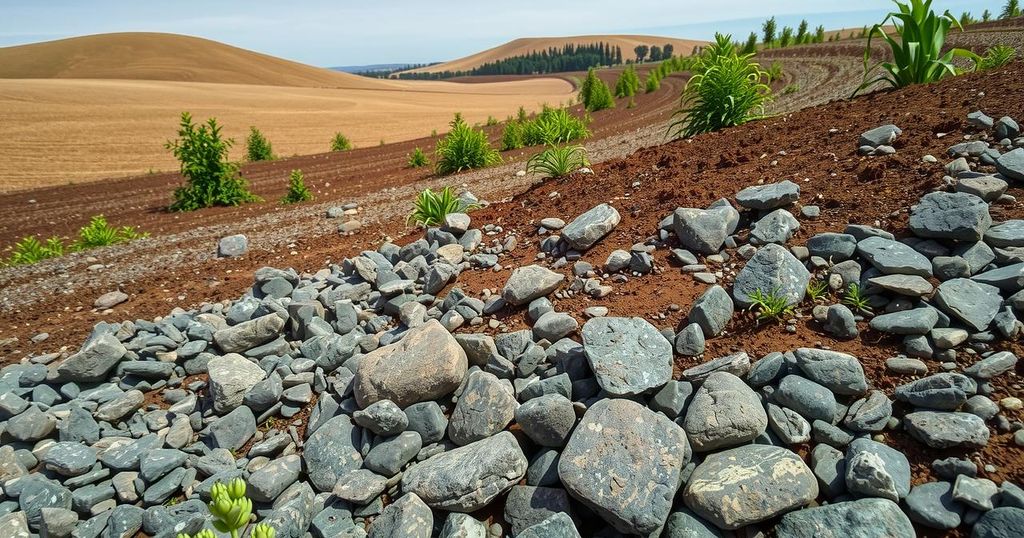How Crushed Stone Could Help Fight Climate Change
- Enhanced Rock Weathering (ERW) aims to combat climate change globally.
- ERW utilizes basalt to expedite the natural process of carbon capture.
- Mixed results in carbon capture effectiveness highlight the need for further studies.
- ERW can improve soil quality while also aiding in carbon credits sales.
- Global projects are underway for ERW in various agricultural settings.
Introducing Enhanced Rock Weathering in Global Agriculture
Rock’s potential role in climate change mitigation has garnered significant attention recently. The method, known as Enhanced Rock Weathering (ERW), is being employed globally, ranging from sugar plantations in Brazil to tea estates in India. This innovative approach is intended to gear up the natural process of carbon dioxide capture and storage, a critical factor in fighting the effects of climate change.
How ERW Operates and Its Effectiveness
One of the goals of Enhanced Rock Weathering is to expedite a slow geological process known as weathering. Essentially, weathering is the breakdown of rocks through carbonic acid which represents carbon dioxide combining with water, naturally occurring when rain interacts with rocks. By utilizing finely ground basalt, ERW can amplify this process, significantly enhancing the surface area of the rock and thereby increasing the efficiency of carbon capture.
Challenges in Measuring ERW Outcomes
Despite its promise, the effectiveness of ERW is still under scrutiny, with various studies yielding mixed results. While one U.S. study indicated that applying 50 tonnes of basalt per hectare could eliminate up to 10.5 tonnes of carbon dioxide over several years, other evaluations in Malaysia and Australia have reported much lower figures. Paul Nelson, a soil scientist, emphasizes that the actual effectiveness can vary widely based on factors like local climate, soil conditions, and type of rock used. The complexities involved in measuring captured carbon also add to the skepticism surrounding the efficacy of the method, highlighting a need for more robust funding and research to ensure the calculations are accurate and beneficial overall.
In summary, Enhanced Rock Weathering presents a potentially viable solution to help combat climate change through carbon capture. The process utilizes ground basalt across agricultural lands, aiming to expedite natural weathering and contribute to improving soil quality. However, interest is tempered by questions surrounding its actual effectiveness, measurement challenges, and the implications of carbon credit sales if these projects do not deliver as promised.




Post Comment